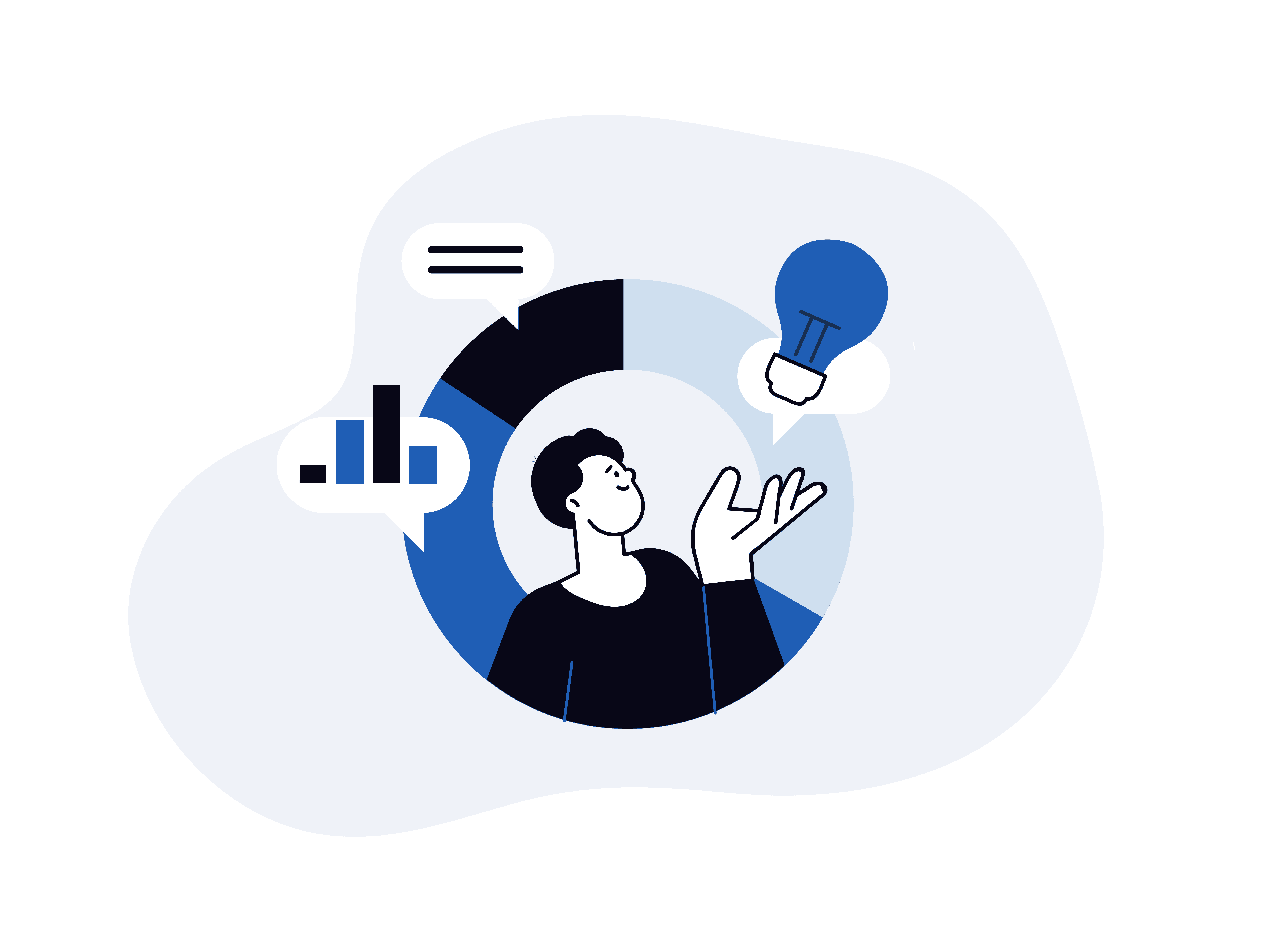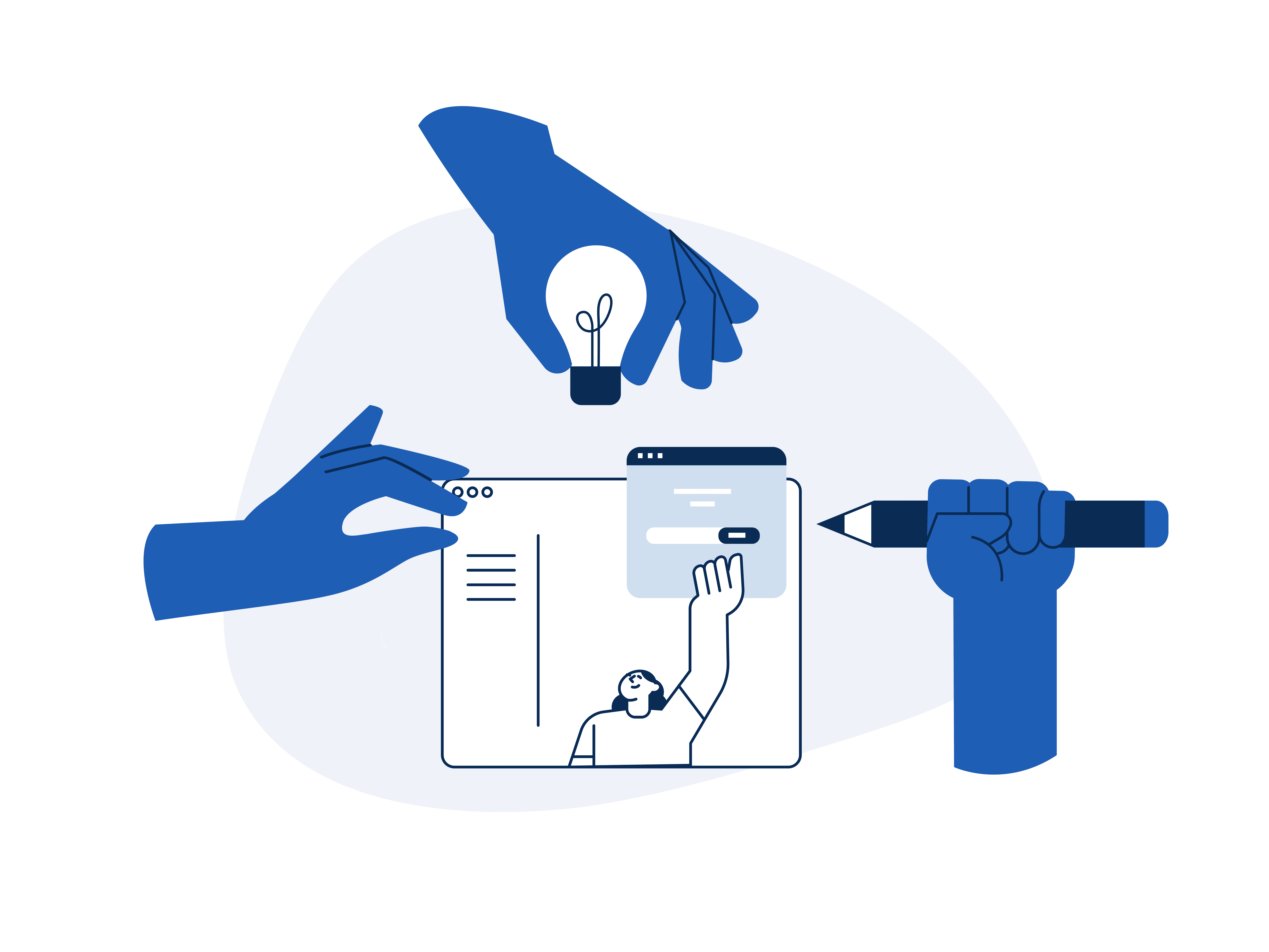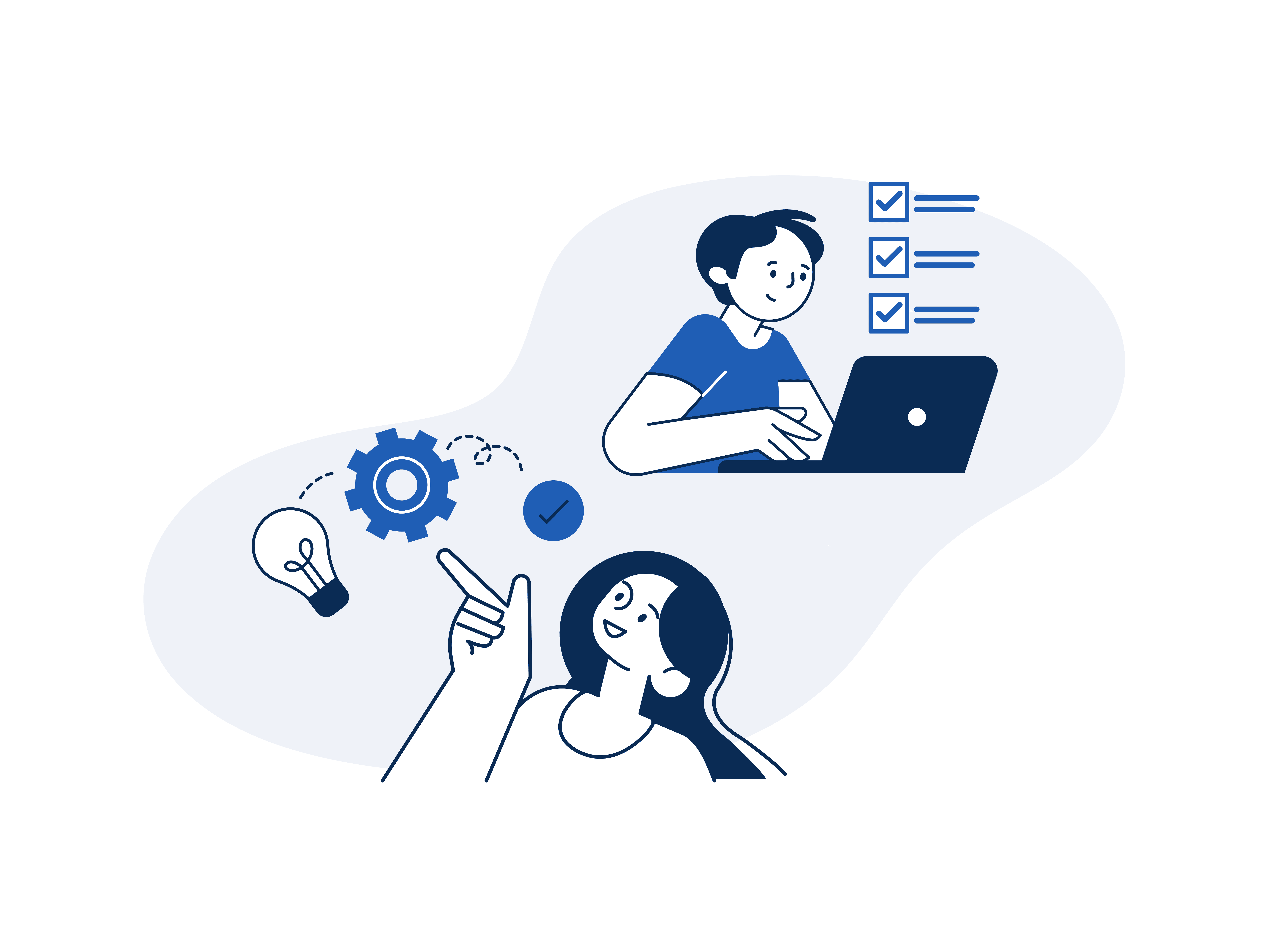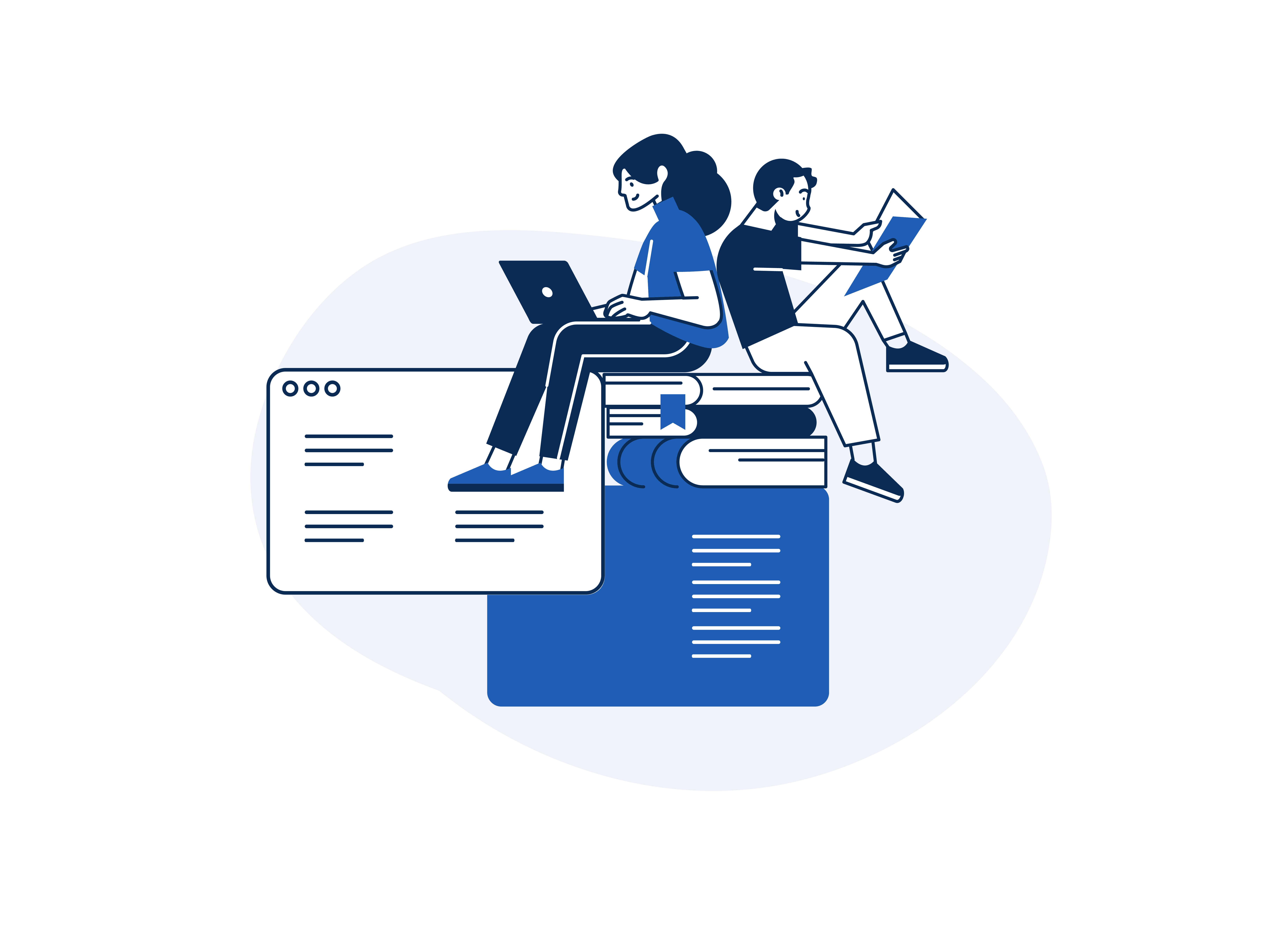The world is chaotic and uncertain right now, and this makes committing to large-scale website projects feel risky. But the pressure to deliver results hasn’t disappeared.
Here’s the reality: despite the uncertainty, you still have metrics to hit, goals to achieve, and people who rely on your digital presence. (Cue the meme: In this economy?)
But the good news is you don’t need a complete website overhaul to make meaningful improvements that drive results.
Let’s dig into five practical approaches that can help you maintain digital momentum without breaking the bank or committing to lengthy redesign projects.
#1: Focus on Mission-Critical Functionality Using Your Analytics Data
When budgets are tight and the future uncertain, not all website elements deserve equal attention.
Start with a simple website priority check
Look at your website through the lens of your organizational goals. Which pages or features directly contribute to member engagement, donations, program participation, or other key metrics?
These are your priority areas. Think of it like Marie Kondo for your website – if a feature doesn’t spark joy (or conversions), maybe it doesn’t need immediate attention.
Leverage the analytics data you already have
Most organizations are sitting on a goldmine of user behavior data they rarely examine. Your analytics can reveal which pages actually drive engagement, where visitors spend their time, and which pathways lead to conversions.
Action Tip: Questions to Identify Your Mission-Critical Functions
- Which website features directly support your primary revenue streams? (Check conversion pages in your analytics.)
- What pages do your most valuable users interact with most? (Look at user flow and time-on-page metrics.)
- If you could only keep three features on your website tomorrow, which would maintain your core operations? (Identify pages with highest engagement metrics.)
- Where are users currently getting stuck? (Look for high-traffic pages with high exit rates.)
#2: Leverage AI for Content Amplification and Personalization
While everyone else is pulling back on content creation during uncertain times, you can do the opposite without busting the budget.
Find your content opportunities
Look for ways to get more value from existing content with less effort. This might include repurposing successful content into multiple formats or showing personalized content to different user groups.
For instance, instead of producing brand new content from scratch, you could use ChatGPT or Claude to transform your most successful blog post into a series of social media snippets, an email sequence, and an interactive quiz. All with minimal strain on your team.
Or implement simple content recommendations that show users relevant resources based on their behavior, increasing engagement without a major development effort.
Action Tip: Getting Started with Content Amplification
- Identify your existing content that consistently performs well
- Consider which pieces could be expanded into different formats
- Ask your web partner about implementing “related content” features
- Explore targeted email communications for different audience segments
While many organizations cut back on content during budget constraints, you can actually increase your output and personalization by strategically leveraging AI, creating a competitive advantage.
#3: Implement High-Impact Micro-Improvements
Instead of waiting for budget approval on a massive redesign, focus on small, targeted changes that can deliver outsized results.
User experience micro-improvements
Use your website data to find pages with high traffic but where visitors aren’t taking the desired next steps. These are prime candidates for small improvements that can yield significant results quickly.
For example, one simple change might be improving the clarity of your call-to-action buttons. Changing button text from a generic “Submit” to a specific “Reserve My Spot” or “Download Guide” can dramatically increase response rates.
Similarly, working with your web team to simplify forms or add testimonials near decision points can yield substantial improvements in completion rates.
Technical micro-improvements
While less visible to users, technical improvements can dramatically impact both user experience and search rankings. Core website functionality like page speed, mobile responsiveness, and security directly affect how people interact with your site.
A Google page load time study found that when page load time increases from 1 second to 3 seconds, the probability of a mobile site visitor bouncing increases by 32%. It can also impact conversion rates by up to 20%. These aren’t cosmetic issues. They’re performance killers.
Action Tip: 8 Website Micro-Improvements to Consider
User Experience Quick Wins:
- Rewrite key call-to-action buttons with specific, action-oriented language
- Add testimonials or social proof near conversion points
- Discuss form simplification options with your web team
- Update your highest-traffic page with a clearer user path to conversion
Technical Quick Wins:
- Ask your web partner to run speed tests on your most important pages
- Review your website’s accessibility to ensure you’re not excluding potential users
- Check that your most important content is easily findable within 1-2 clicks from the homepage
- Optimize image sizes to improve loading times
#4: Know When to Refresh vs. When to Redesign
Understanding the difference between a website refresh and a complete redesign helps you make smarter investments during uncertain times.
What’s the difference?
A website refresh involves strategic updates to your existing site—improving specific functionality, updating content, enhancing visual elements, or optimizing performance. Think of it as renovating key rooms in your house rather than rebuilding the entire structure.
A website redesign, on the other hand, involves a comprehensive overhaul of your site’s structure, functionality, and often brand presentation. It typically requires significant investment in planning, development, and content migration.
When a refresh makes sense
A refresh approach works well when:
- Your website structure is fundamentally sound but needs optimization
- You need to address specific pain points quickly
- Budget constraints make a full redesign impractical
- You want to test improvements before committing to larger changes
- You need to respond to immediate market changes or user needs
All the approaches we’ve discussed in this article fall under the “refresh” category—strategic improvements that deliver meaningful results without requiring a complete overhaul.
When to consider a redesign
Despite the benefits of refreshes, sometimes a redesign is necessary, particularly when:
- Your site technology has become obsolete or insecure
- The user experience has fundamental structural problems
- Your brand or mission has significantly evolved
- The site can no longer support your organization’s core functions
- Analytics show persistent problems across the entire user journey
Action Tip: Quick Assessment Questions
Ask yourself these questions to determine which approach makes sense for your organization:
- Can your most pressing issues be addressed with targeted improvements?
- Does your current website technology support your core functionality needs?
- Are your challenges centered around specific areas or the entire user experience?
- What’s your realistic budget and timeline for making improvements?
- How urgent are your website challenges?
A thoughtful refresh strategy often delivers more immediate value during uncertain times, while laying the groundwork for a more comprehensive redesign when conditions are right.
#5: Deploy Strategic Communication Templates
In uncertain times, your ability to communicate quickly and effectively becomes even more critical.
Build a template library for common content
Instead of creating each communication piece from scratch, develop reusable templates for your most common content needs that can be quickly customized as situations evolve.
Think about the types of communications you send regularly: member updates, event announcements, resource spotlights, or news alerts. For each, create a standardized structure with placeholders that can be easily updated. This approach not only saves time but keeps messaging and branding consistent even when you need to move quickly.
Action Tip: 3 Communication Templates Every Organization Needs Now
- Crisis/Update Announcement: A structured format for sharing important changes or responses to external events
- Resource Highlight: A template for showcasing valuable resources or content that can drive engagement when needed
- Success Story/Case Study: A format for quickly sharing wins and impact that can inspire action during challenging times
Conclusion: Small Steps, Big Impact
In uncertain times, the path forward isn’t about sweeping changes or complete overhauls but making strategic, focused improvements that deliver immediate value. Each approach we’ve outlined can be implemented incrementally, allowing you to adapt as conditions change and meet your goals even when the bigger picture remains unclear.
Many organizations find that having an experienced web partner helps them identify the highest-impact opportunities specific to their situation. Our team specializes in guiding mission-driven organizations through these exact challenges with practical, budget-conscious solutions.
Ready to implement these strategies but not sure where to start?
Let’s talk about your specific digital goals and identify the improvements that will give you the biggest return right now.
Latest Posts
Understanding Single Sign-On (SSO): Secure, Simple, and Smart Access
What is Single Sign-On (SSO)? Despite the option to use password managers, browsers storing…
Keep ReadingStop Chasing Website Speed Metrics That Don’t Drive Results
Before optimizing load times, make sure to optimize for the right problem. You might’ve…
Keep Reading5 SEO Fixes You Can Make Today (No Tech Expertise Required)
You know your organization does important work. We know your organization does important work.…
Keep Reading







